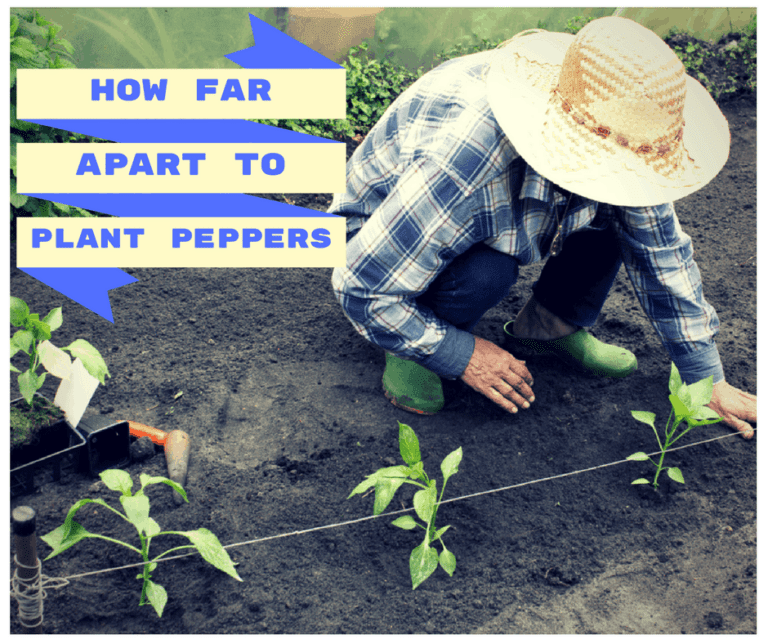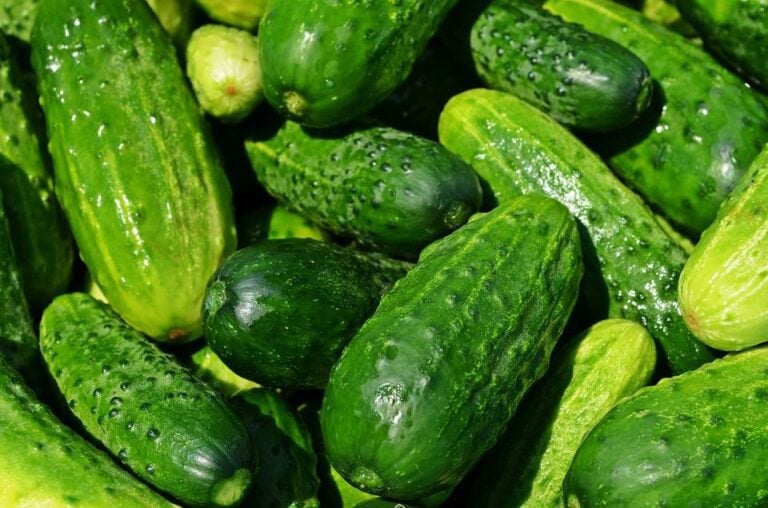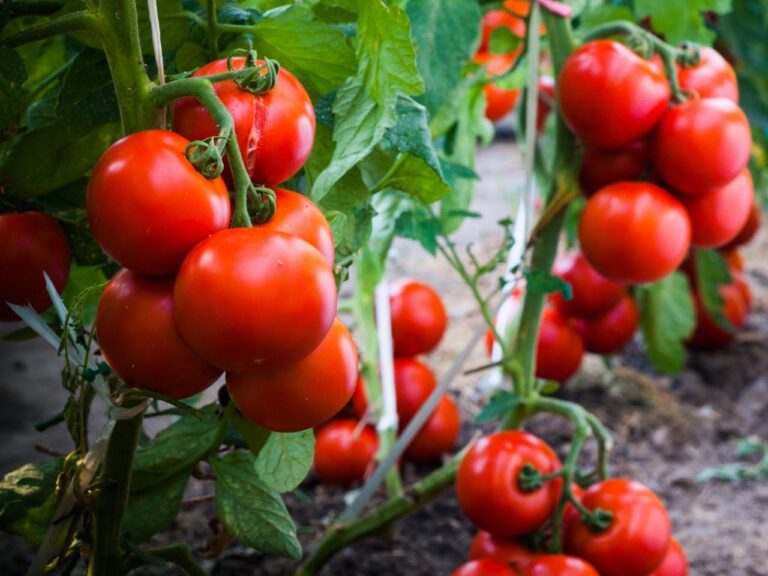A Helpful Guide to Transplanting Asparagus
Transplanting asparagus is difficult, but worth it for the best growth from your plants. Transplanting asparagus should be done when the crown is dormant. Use a garden shovel to feel around each asparagus plant for roots. Once you can get under the root system, gently pull up until the plant is free.

Untangle roots using your hands or a garden fork, being careful not to cut the roots. Then, you’re ready to plant your asparagus in its new location with loose, well-draining soil, plenty of sun, and adequate space that will keep your plants healthy for two decades of growth.
Table of Contents
Reasons for Transplanting Asparagus
If you move into a new home and don’t want to leave your established asparagus plants behind, you might want to transplant your asparagus plants to a garden at your new home.
More importantly, some gardeners choose to transplant asparagus to better locations within their own gardens as their plants become more established and need extra care. The first garden plot you choose may not always be the best one for asparagus, since they need loose soil, plenty of sun, and an area free of any disturbances from other plants or gardening.
Experts advise not transplanting asparagus unless you feel you must, to give them a better location.
When Should You Transplant Asparagus?
Asparagus should not be transplanted at random times through the year. The plant lays dormant until spring. It’s best to transplant your asparagus during its dormant season, before its root system – or crowns – begin to sprout again. This will help you avoid a tangled root system that can make your asparagus even more difficult to transplant.
However, Mother Earth News suggests that you can transplant in the fall if you don’t mind taking on a stronger root system. This tends to yield the most production from your plants, while spring transplanting can delay the process.
How to Transplant Asparagus
More so than many other plants, you will need the right tools to complete the process of transplanting asparagus. Since their root systems are so difficult to break through, heavy duty tools will help you complete the process successfully.
Most gardeners will benefit from using a shovel and a garden fork. You also may want to use a garden hose toward the end of the process to help hose off clumped soil from the roots so you can more easily break them apart.
Make sure that you also have compost available for when you move the asparagus plants to their new location. Your asparagus plants’ new spot should be weed-free and with prepared soil before you transplant.
Finding the Root System
The most difficult part of transplanting asparagus is dealing with the roots. These strong, massive root systems entangle themselves and the soil they’re in, which can prove to be difficult when you try to dig up your asparagus plants for transplanting.
You’ll want to be careful about how you dig into the ground near your plants so you don’t hurt the root system. First, look for the dead foliage from last year’s plants to help you find the location of each crown in the soil.
Make a large circle in the soil with your shovel going around the dead foliage, but without prodding the shovel around too much so that you chance cutting the roots. Continue to shovel until you can get underneath the crown.
Once you are well under the root system, it’s best to use your garden fork to pull up the plant, trying to keep as much of the root system intact as possible. For more extensive root systems, you may need to continue following the roots in the ground and digging around them to avoid harming them.
Break Up the Plant Roots
Since you’ll likely pull up several entangled asparagus plants, you’ll need to break them apart before you transplant them. This will allow each plant to thrive with their newly-separated root systems.
Untangle roots much as you would a string of Christmas lights, with a little extra force for heftier root systems. Try to save as many plants as you can, but it’s likely that some smaller ones won’t survive the untangling process. In that case, work toward saving the healthiest, most established root systems.
To help you see the root systems more clearly, you may want to gently spray the roots with a garden hose to remove clumps of soil. Shaking or scraping off the soil isn’t recommended, as this could damage the crowns or plants.
This video from ehowgarden demonstrates how to gently break apart your asparagus plants’ root systems:
Choose the Best Spot
Asparagus needs excellent, loose soil for its extensive root systems to grow. It also needs sun and a well-draining location, so make sure that your new garden area or bed is adequate to meet the precise needs of your transplanted asparagus.
An important thing to remember is that asparagus can survive for two decades. Make sure your new location is the perfect one to keep your asparagus in for that long, as frequent transplanting can harm your plants.
You’ll need large, wide areas for each of your saved asparagus plants to accommodate their root systems. Make sure you have enough space in your garden area to plant each one at least 18 to 30 inches apart to avoid further root entanglement and competition.
Replanting Your Asparagus Plants
After you’ve dug up your plants and prepared the new location, you’re ready to replant your asparagus. First, add compost to the bottom of each of your dugouts for the new plants and then mound up some soil.
Place an asparagus crown on top of a mound, allowing the roots to fall over the sides of the mound. The roots for each plant should be spread widely for adequate growth, and the pointed end of the asparagus plant should be facing up.
Move the soil back over the crown and roots, packing it down firmly over the roots. Thoroughly water your plants, leaving the soil moist.






